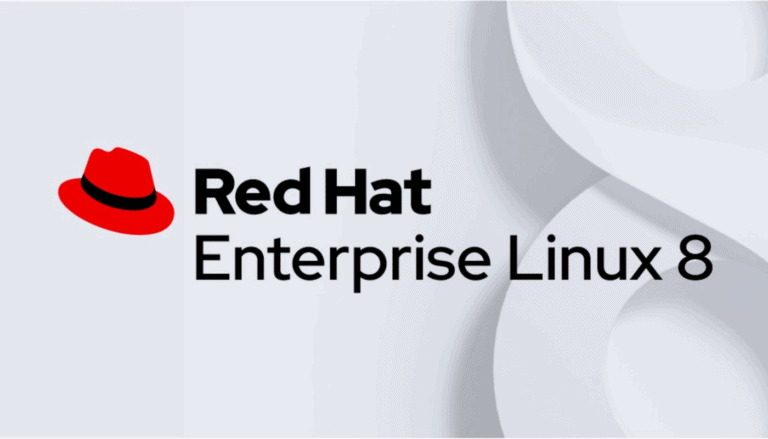The beta version Red Hat Enterprise Linux (RHEL) 8.5 is live. The update enriches RHEL’s web console, introduces new system roles for the rapid setup of various processes, and comes with the most current reference implementation of Java SE. While beta access was previously reserved for beta pass holders, 8.5 — and any future beta — is available for every RHEL user.
RHEL is Red Hat’s vision of an optimal Linux distro for enterprises. Now, eighteen years after the release of version one, we arrive at the beta of 8.5. What’s new?
Web Console
A custom version of Cockpit, a Linux-focused web console, has been available in RHEL for quite some time. The 8.5 Beta introduces the ability to update kernels directly from this web console. Before, the latter was only possible by real-time updating via the shell of an OS.
In addition, the web console provides a new, detailed view of CPU, memory, disk and network usage. According to Red Hat, optimizing operating systems and detecting problems becomes easier. Furthermore, a new integration with Grafana allows users to export performance data to a server, to be analyzed at a more detailed level.
New Ansible system roles, NTS and NTP
Ansible DevOps is Red Hat’s answer to the demand for automating the setup of entire IT infrastructures. Some of Ansible’s system roles were previously integrated into RHEL. Among them: timesync, which serves for time synchronization. In the new beta, timesync features the recently introduced NTS (Network Time Security) protocol. As a result, clients can connect to NTP (Network Time Protocol) servers. Said servers are regularly equipped with atomic clocks, which makes time synchronization more accurate.
In addition to the above, the beta introduces a series of entirely new Ansible system roles with varying purposes, from creating SQL Servers to configuring VPN tunnels and installing Postfix mail servers.
Java SE
RHEL 8.5 Beta includes the latest reference implementation of Java SE (OpenJDK 17), broadening RHEL’s overall compatibility with the programming language.
Red Hat’s summary of the release notes provides a detailed overview of the update.
